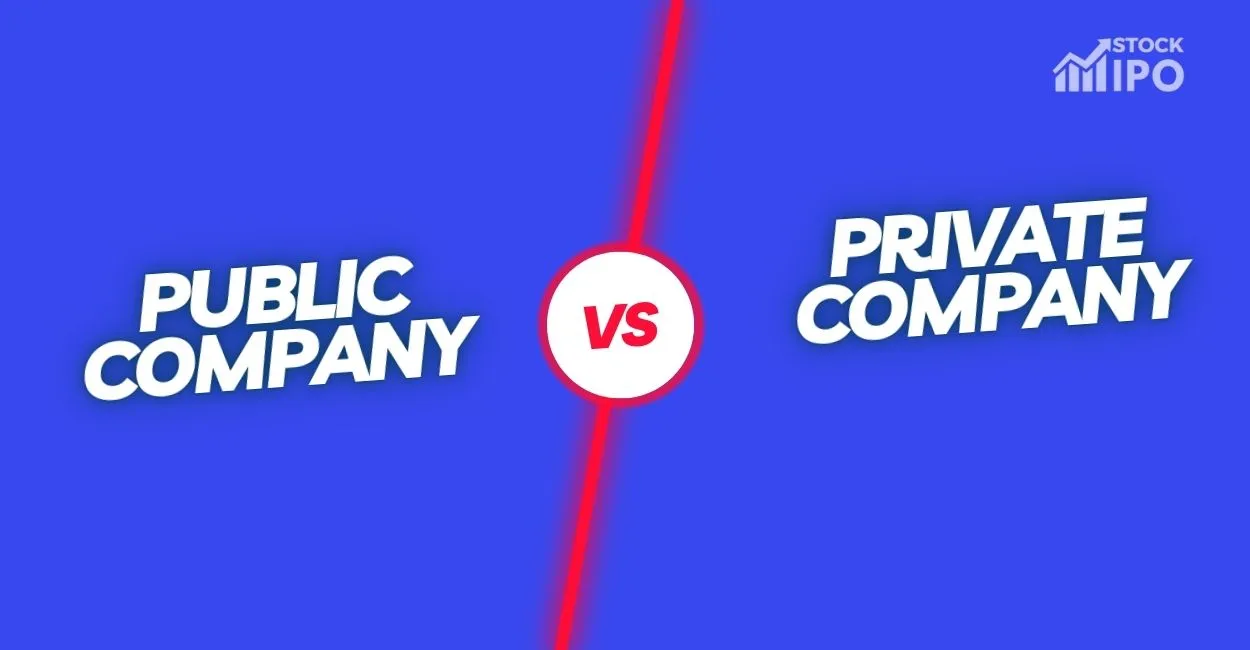Private companies and public companies are the two main types of businesses. While both business models share some characteristics, they also differ significantly in terms of management structure, valuation, and day-to-day business practices.
In this article, we are going to discuss the distinction between the two in detail.
What is a Public Company?
A Public Limited Company, as defined by the Company Act 2013, is a company with limited liability that sells shares to the general public. It is a company whose stock is openly exchanged on a stock exchange or over-the-counter. A publicly traded company, publicly held firm, or public corporation is another name for a publicly traded company. Members of the general public, pension funds, and other major investing organizations own ownership in this form of firm.
Features
1. Limited Liability
Shareholders’ liability for the company’s losses is limited to their share contribution. This creates a legal entity distinct from the stockholders. The company can be sued without the involvement of its shareholders. It means that if a company suffers a loss under any circumstances, its shareholders may be forced to sell their own assets to make up the difference. The shareholders’ own, individual assets are not at danger.
2. Transferability of Shares
As previously stated, public firms distinguish themselves by offering tradable shares to the broader public. Shares are easily bought and traded, and there are no restrictions on who can own them. Private companies, on the other hand, may distribute company stock to a select group of people, such as family members.
3. Share Capital
The capital of the public limited company refers to the fund’s arrangement of issuing shares in exchange for cash or other considerations. The quantity of a firm’s share capital might alter over time because when a corporation sells additional shares to the public in exchange for cash, the amount of that capital increases.
4. Number of Members
In a public company, the minimum number of directors is three, and the maximum number of directors is fifteen.
5. Perpetual Succession
Even in the event of the death, insolvency, or economic failure of any of its members, the Company remains legally accessible. This results in the company’s perpetual succession.
6. Separate Legal Entity
The public company has a distinct legal existence from its members.
What is a Private Company?
A private firm is one that does not issue publicly traded stock and is not required to comply with the Securities and Exchange Commission’s (SEC) reporting requirements for public corporations. Private companies are frequently owned by individuals or families, but they can also be owned by private investors and shareholders.
Features
1. Limited Liability
Because each member’s responsibility is limited, personal assets will not be used to cover the company’s debts in the event of financial difficulty.
2. Use of “ Pvt. ltd” suffix
Every private company’s name must include the words “Private Limited” or “Pvt. Ltd.”
3. Transferability of Shares
Private corporations, unlike public corporations, cannot freely transfer their shares to the general public. For this reason, private enterprises are never listed on stock exchanges.
4. Members
A private corporation can have as few as two members (or one in the case of a one-person company) and as many as 200.
5. Minimum Paid up capital
Previously, a minimum paid-up share capital of Rs. 1 lakh was required, but this is no longer the case.
Public Company vs Private Company
| Particulars | Public Limited Company | Private Limited Company |
|---|---|---|
| Meaning | A public limited corporation is one that is listed on a recognised stock market and whose stocks are publicly traded. | A private limited corporation, on the other hand, is neither listed nor traded on the stock exchange. It is solely owned by its members. |
| No. of Members | A public business requires a minimum of seven members to be formed. | In contrast, a private limited company can be formed with as few as two members. |
| Statutory general Meeting | A statutory general meeting of members is required in the case of a public company. | In the case of a private company, there is no such compulsion. |
| Transferability of Shares | A public company’s shareholders can freely transfer their shares. | The transferability of shares in a private limited company is completely prohibited. |
| Prospectus | In the case of a public company, the publication of a prospectus or statement is required. | A private company, on the other hand, is not required to do so. |
| Post Incorporation | To begin operations, the public company will need a certificate of commencement post incorporation. | In contrast, a private company can begin operations immediately after incorporation. |
| Scope | A public company, on the other hand, has a broad scope. This is because the company’s owners can raise capital from the general public while adhering to a number of legal constraints. | The scope of a private limited company is limited due to the limited number of people and fewer restrictions |
| Appointment of Company Secretary | While public companies are required to appoint a company secretary, | Private companies may do so only at their discretion. |
| Regulations and Compliances | A public limited company faces a greater regulatory burden. This is due to the large amount of information that must be made available to shareholders and prospective shareholders. | However, with private limited companies this is not the case. |
Final Word
A type of company is registered based on the needs of the individual. However, the main reason for choosing a public company is the ability to sell shares to the general public. This comes at a cost in the form of increased restrictions and a significant loss of privacy.
When a public company no longer wishes to operate under the business model, it has the option of converting to a private limited company. This can be accomplished by purchasing all outstanding shares from current shareholders.
On the other hand When a private limited company considers becoming a public company, it will make compliance easier and allow the company to exercise greater control. This means that a corporation would no longer hold a shareholder meeting and pass a special resolution regarding part-related transactions.







